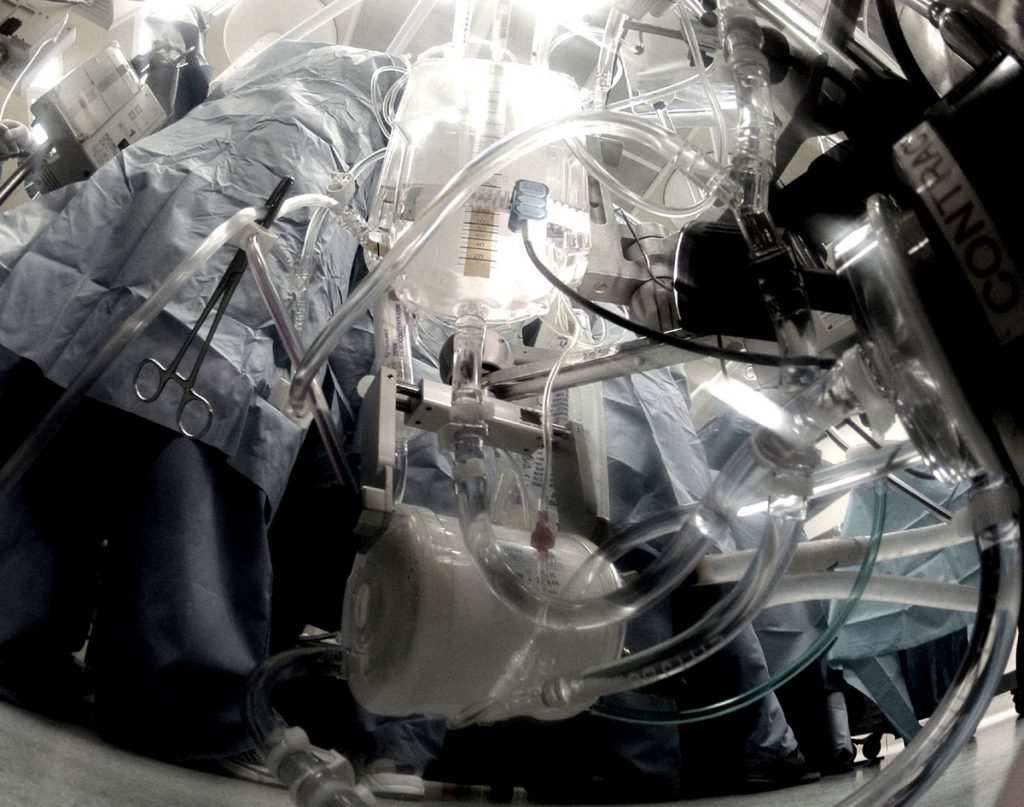Smart Bracelet to Assess Physical Activity After Cardiac Surgery: A Prospective Study.

Objectives
Little is known about the physical activity of patients after cardiac surgery. This study was designed to assess this activity using a connected bracelet.
Methods
In this prospective, monocentric study, patients scheduled for cardiac surgery were offered to wear an electronic bracelet. The main objective was to measure the physical activity recovery. Secondary objectives were the predictors of the correct use of the monitoring system, of the physical recovery and, if any, the relationship between physical activity and out-of-hospital morbidity.
Results
One hundred patients were included. Most patients (86%) were interested in participating in the study. The compliance to the device and to the study protocol was good (94%). At discharge, the mean number of daily steps was 1454 ± 145 steps, increasing quite homogeneously, reaching 5801±1151 steps at Day 60. The best fit regression curve gave a maximum number of steps at 5897±119 (r2 = 0.97). The 85% level of activity was achieved at Day 30±3. No predictor of noncompliance was found. At discharge, age was independently associated with a lower number of daily steps (p <0.001). At Day 60, age, peripheral arterial disease and cardio-pulmonary bypass duration were independently associated with a lower number of daily steps (p = 0.039, p = 0.041 and p = 0.033, respectively).
Conclusions
After cardiac surgery, wearing a smart bracelet recording daily steps is simple, well tolerated and suitable for measuring physical activity. Standard patients achieved around 6000 daily steps 2 months after discharge. 85% of this activity is reached in the first month.
